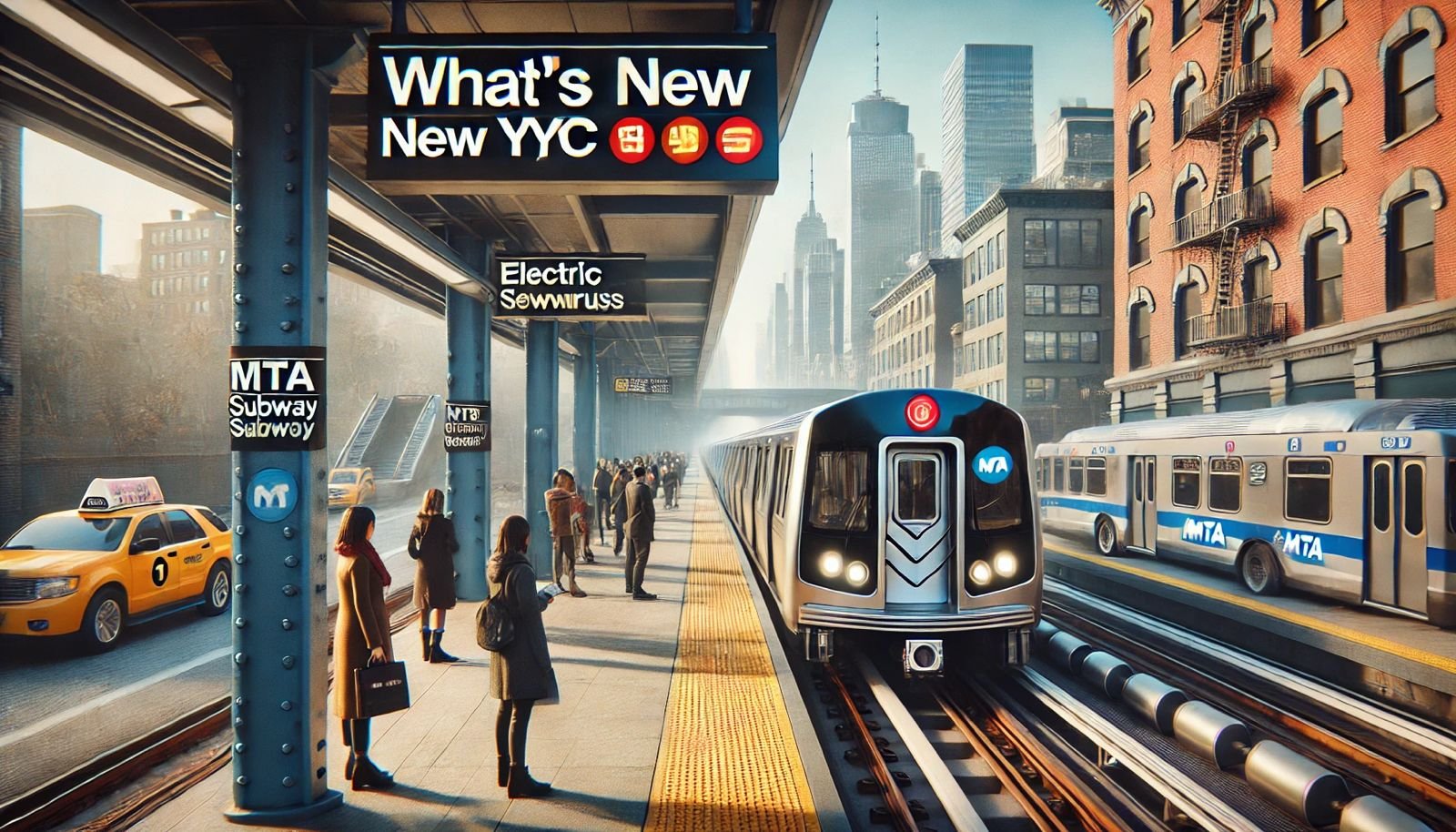
What’s new with NYC’s subway and buses?
What's new with NYC's subways and buses? Discover technological upgrades, accessibility improvements, and expanded bus routes. Learn how the MTA is addressing challenges and improving reliability. Explore the future of public transportation in the Big Apple!
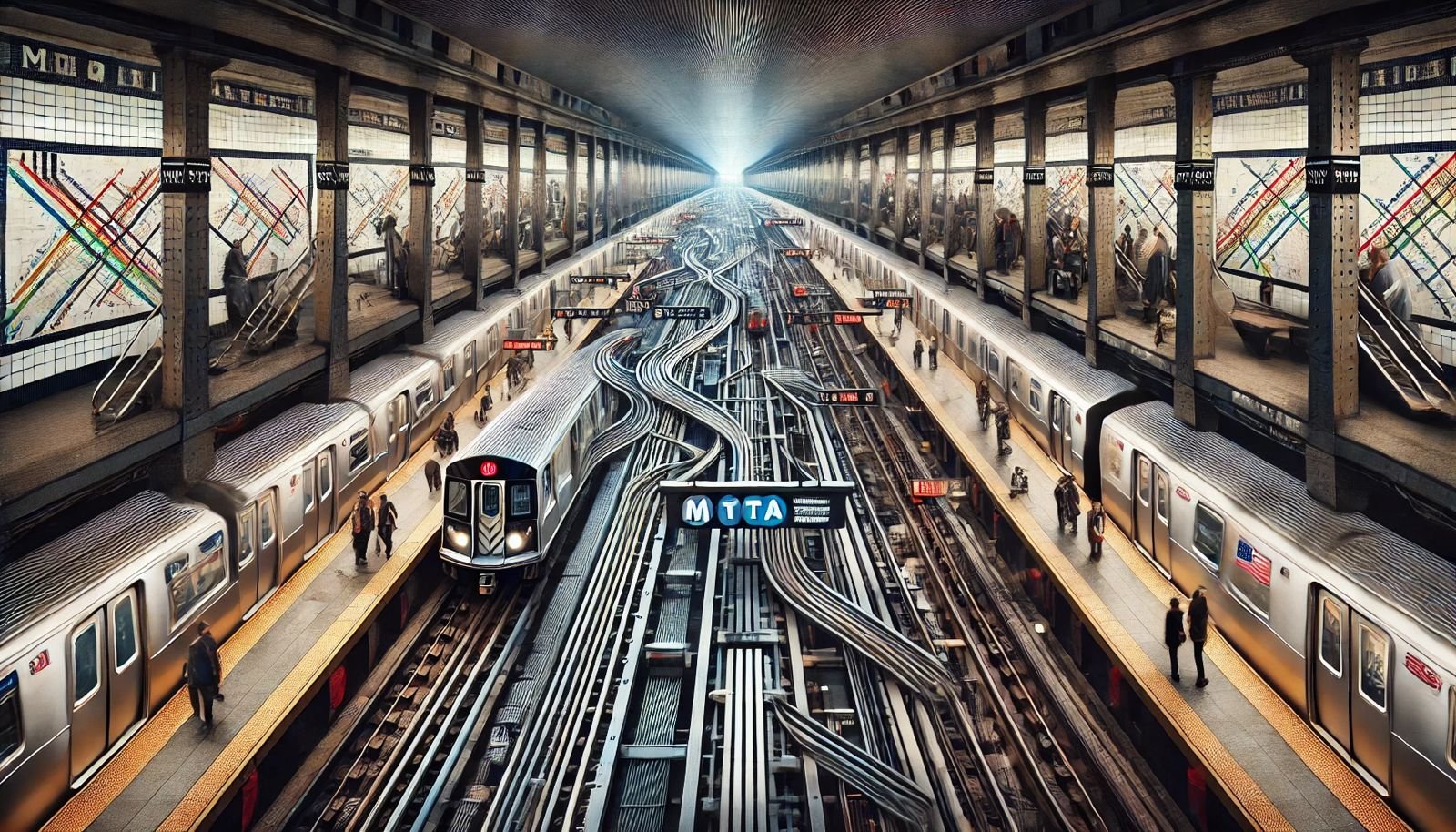
Is NYC Subway the biggest in the world?
The New York City Subway, with its 472 stations and approximately 665 miles of track, is a vital transit system that connects millions daily. While it may not be the longest subway globally, it stands out as one of the busiest, serving over 4 million passengers each day. This extensive network showcases the vibrant culture of New York City and plays a crucial role in the lives of its residents.
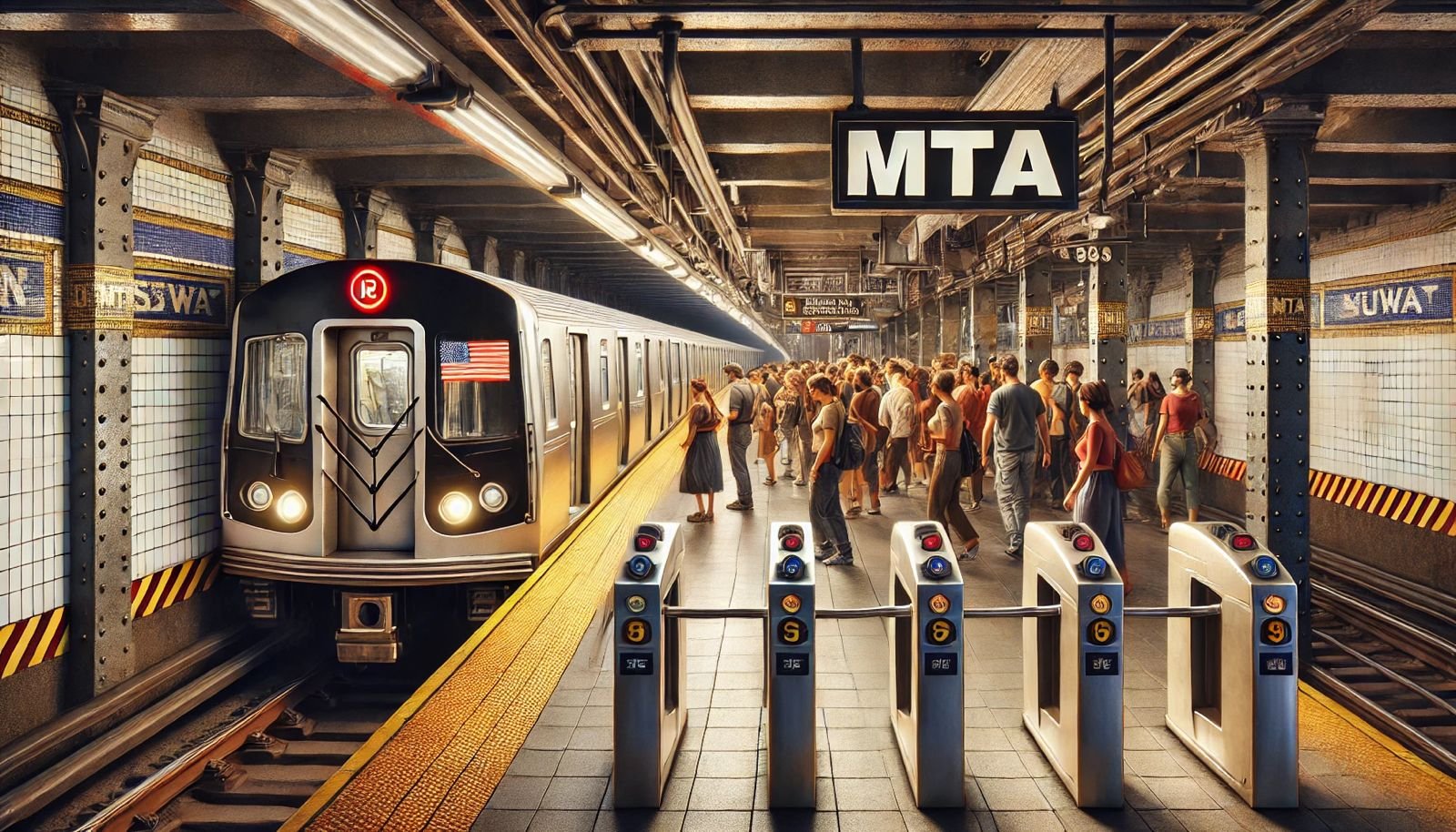
How do I ride the NYC subway?
Navigating the NYC subway can be overwhelming for newcomers, but with the right information, you can easily master it. This comprehensive guide covers everything from purchasing a MetroCard to understanding train schedules and etiquette. Whether you're commuting or exploring iconic sites, you'll feel confident riding the subway like a local. Plus, tips on maintaining a tidy home with services like Sparkly Maid NYC make your NYC experience even better!

How fast does the NYC subway go?
The NYC subway system is essential for millions of daily commuters, yet many wonder about its speed. On average, subway trains travel at about 17 miles per hour, with maximum speeds reaching 50 MPH on certain stretches. Factors like station spacing and signal systems significantly impact overall travel times, making it crucial for riders to understand these dynamics for a smoother commuting experience.
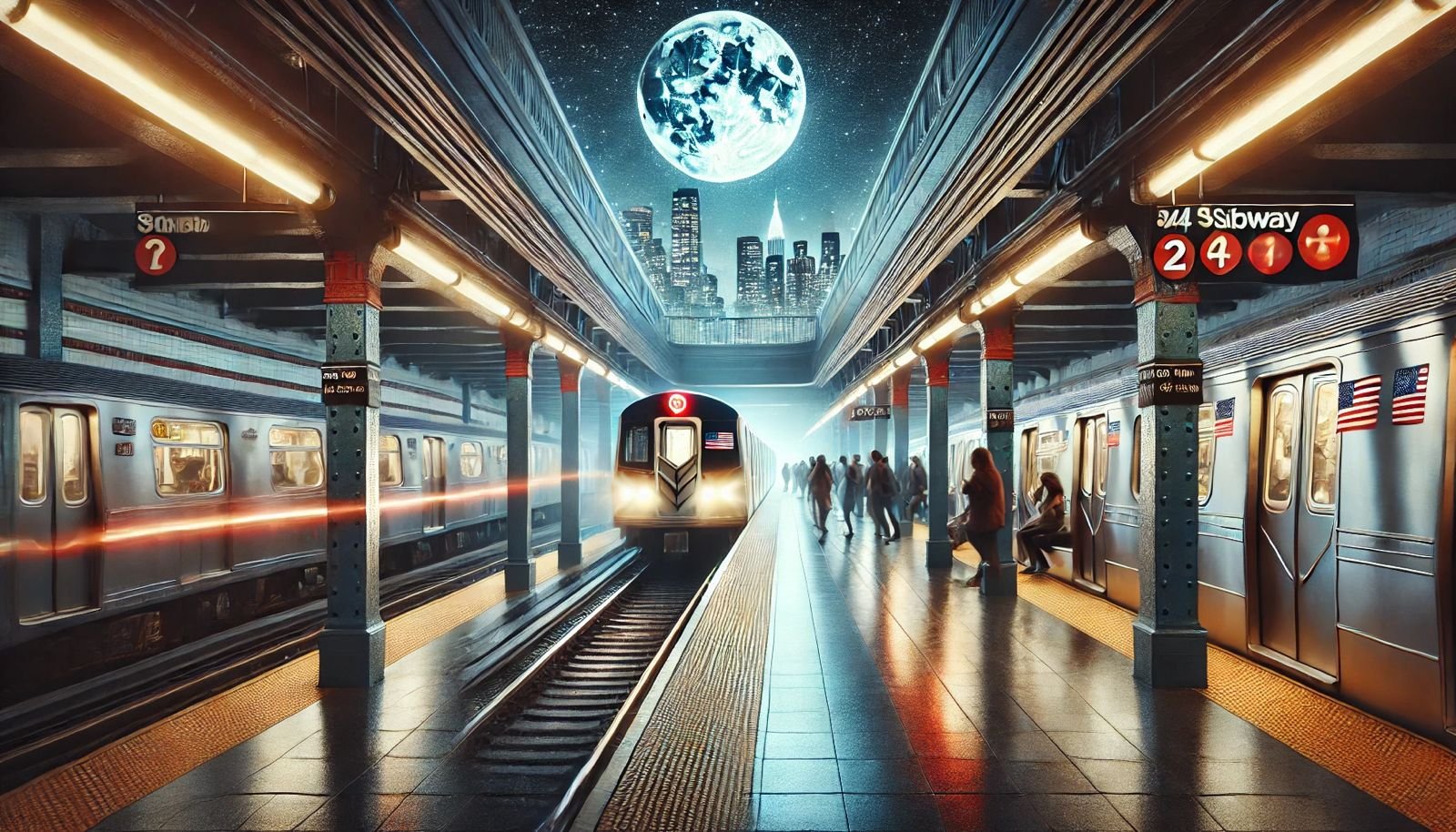
Do NYC subways run 24/7?
The New York City subway system is famous for its 24/7 operation, allowing residents and visitors to navigate the city at any hour. This continuous service is crucial for accommodating various schedules, from night workers to late-night travelers. In this blog, we will delve into how the subway operates around the clock and offer tips for effective navigation of this extensive network.
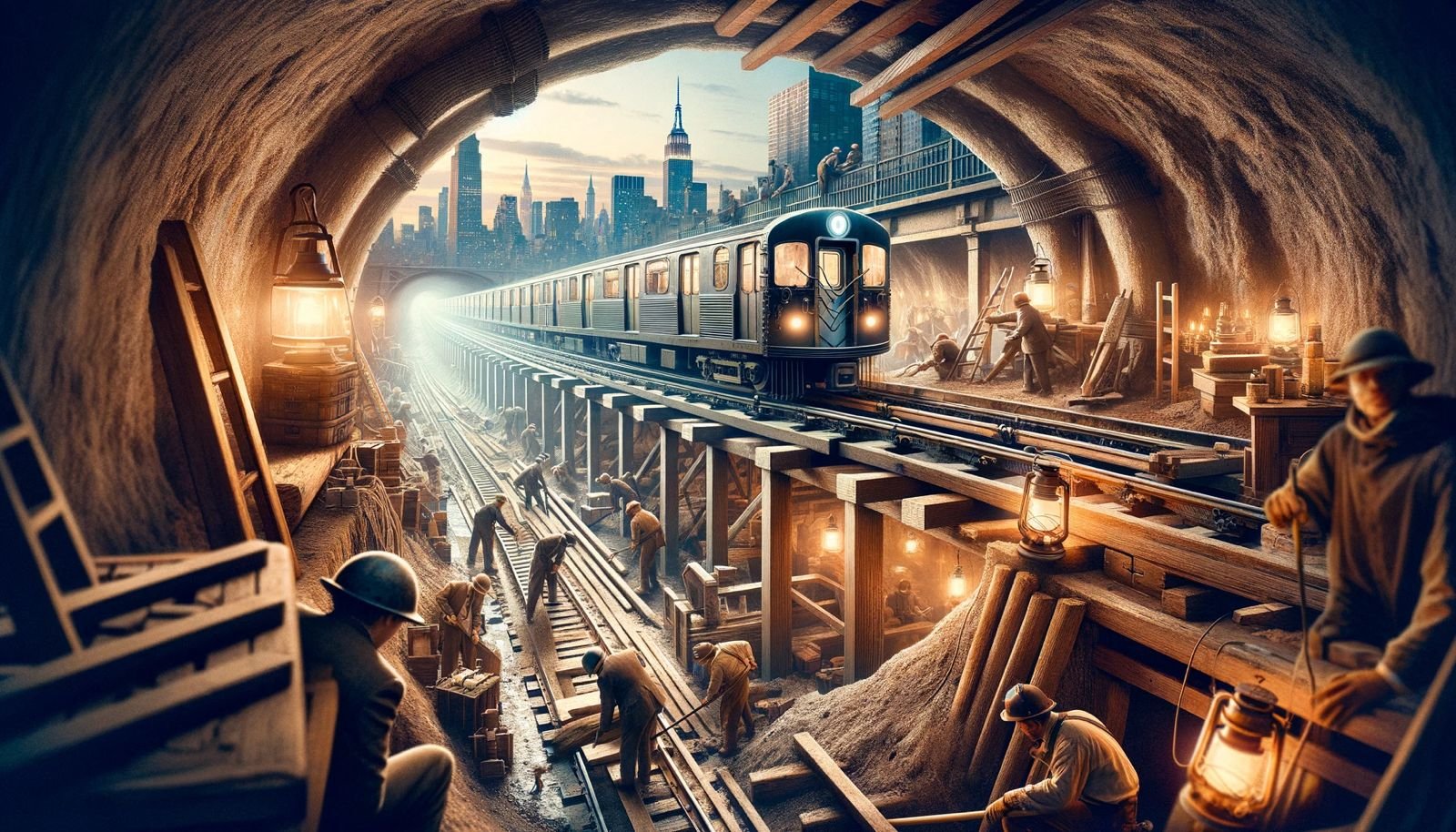
What is the documentary on how the NYC subway was built?
The construction of the New York City subway system is a monumental story of engineering and determination, beautifully captured in the documentary "New York Underground." This PBS film explores the challenges faced during the subway's construction in the early 1900s, highlighting the efforts of key figures like chief engineer William Barclay Parsons and the thousands of workers who made this essential transit system a reality.
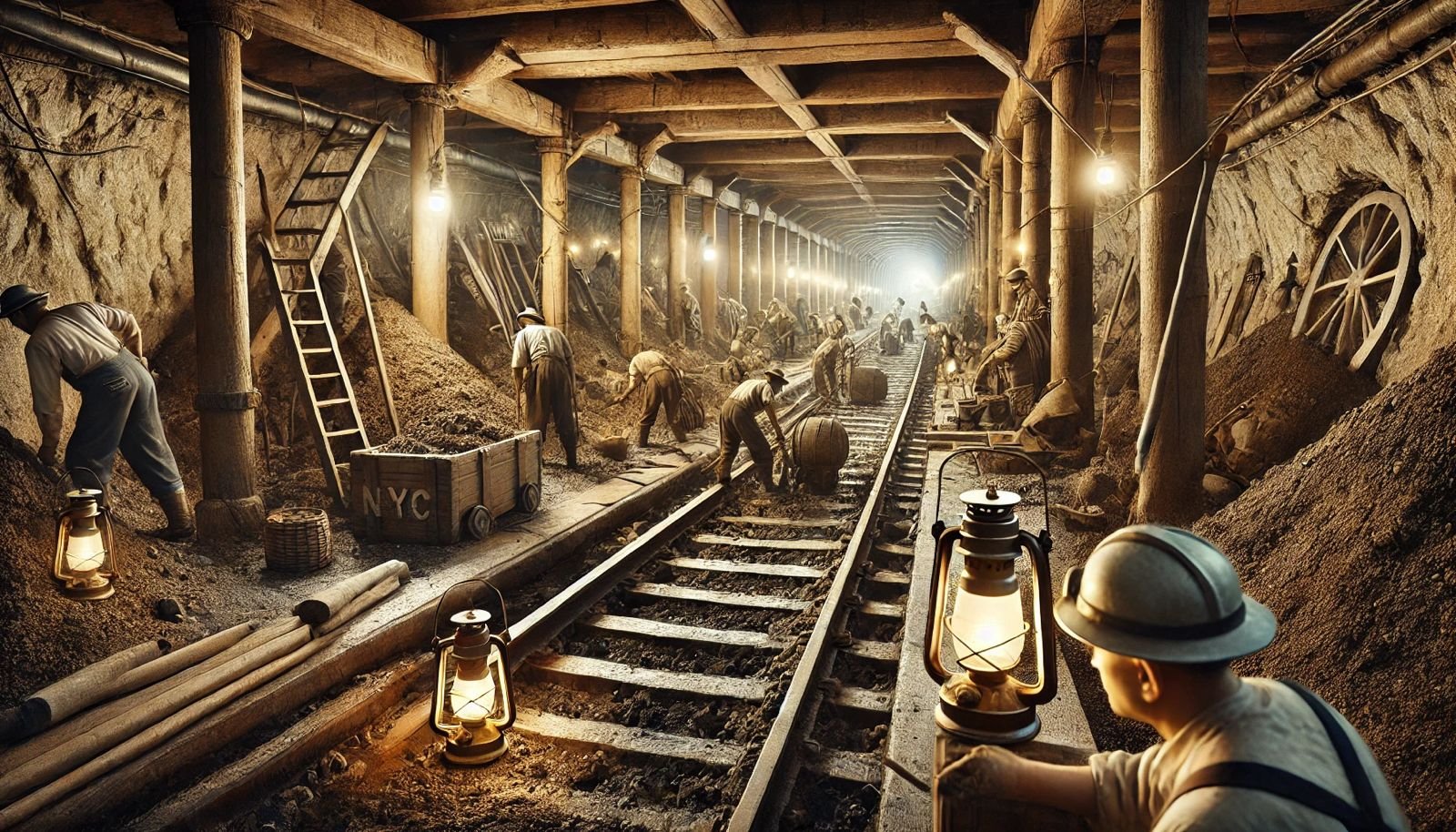
How were the NYC subway tunnels dug?
The construction of the New York City subway system is a captivating story of engineering prowess and urban evolution. This blog delves into the various methods used to dig the subway tunnels, including the cut-and-cover technique and modern tunneling machines. Discover the challenges faced by workers and how innovative techniques transformed urban transit in one of the world's busiest cities.
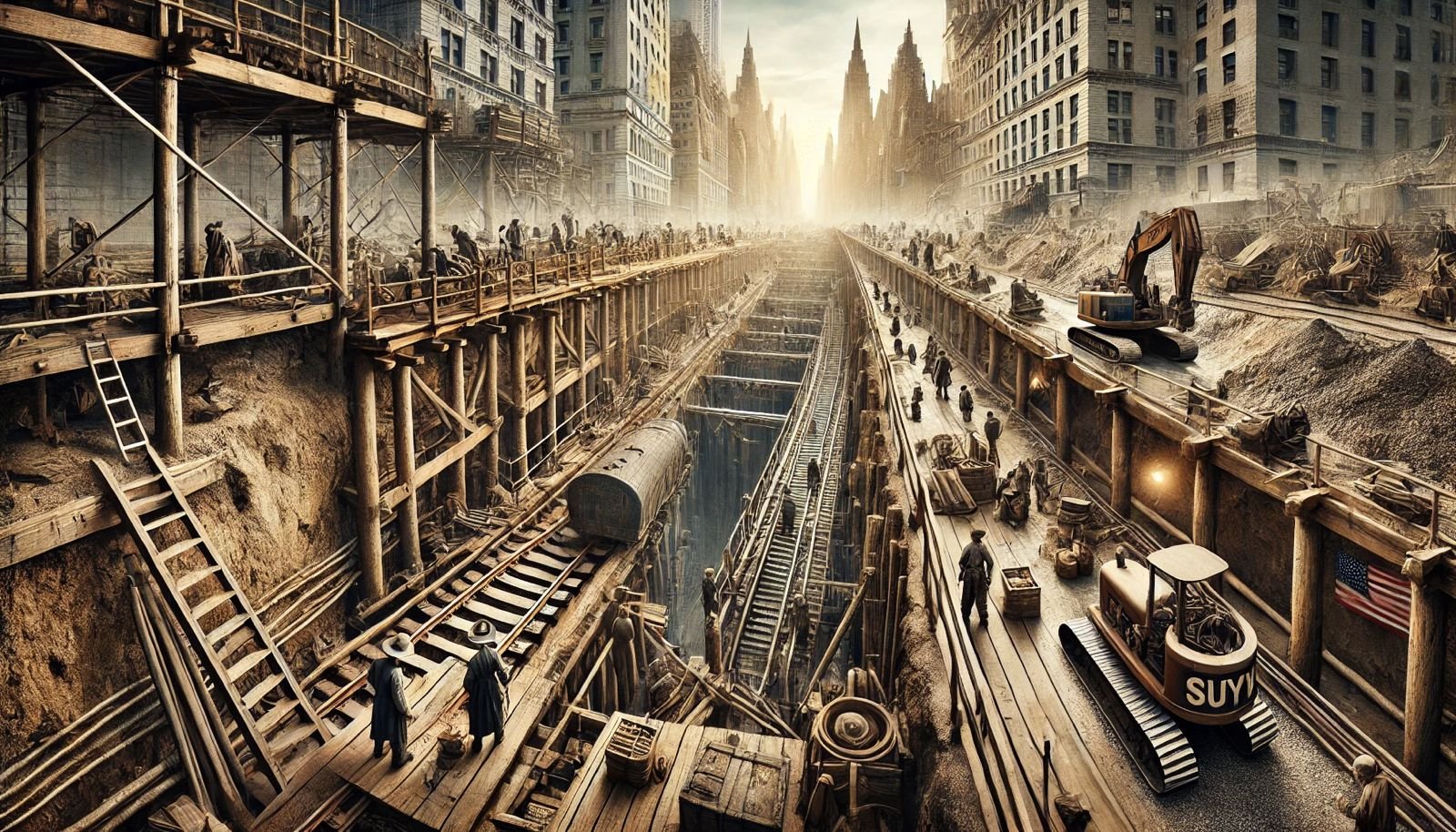
How long did it take to build the NYC subway?
The construction of the New York City Subway is a fascinating tale of engineering brilliance, spanning four years from 1900 to 1904. This monumental project aimed to ease the severe congestion on city streets caused by rapid population growth. The subway's first line, stretching 9.1 miles from City Hall to Harlem, opened on October 27, 1904, revolutionizing urban transit and shaping the city's future.
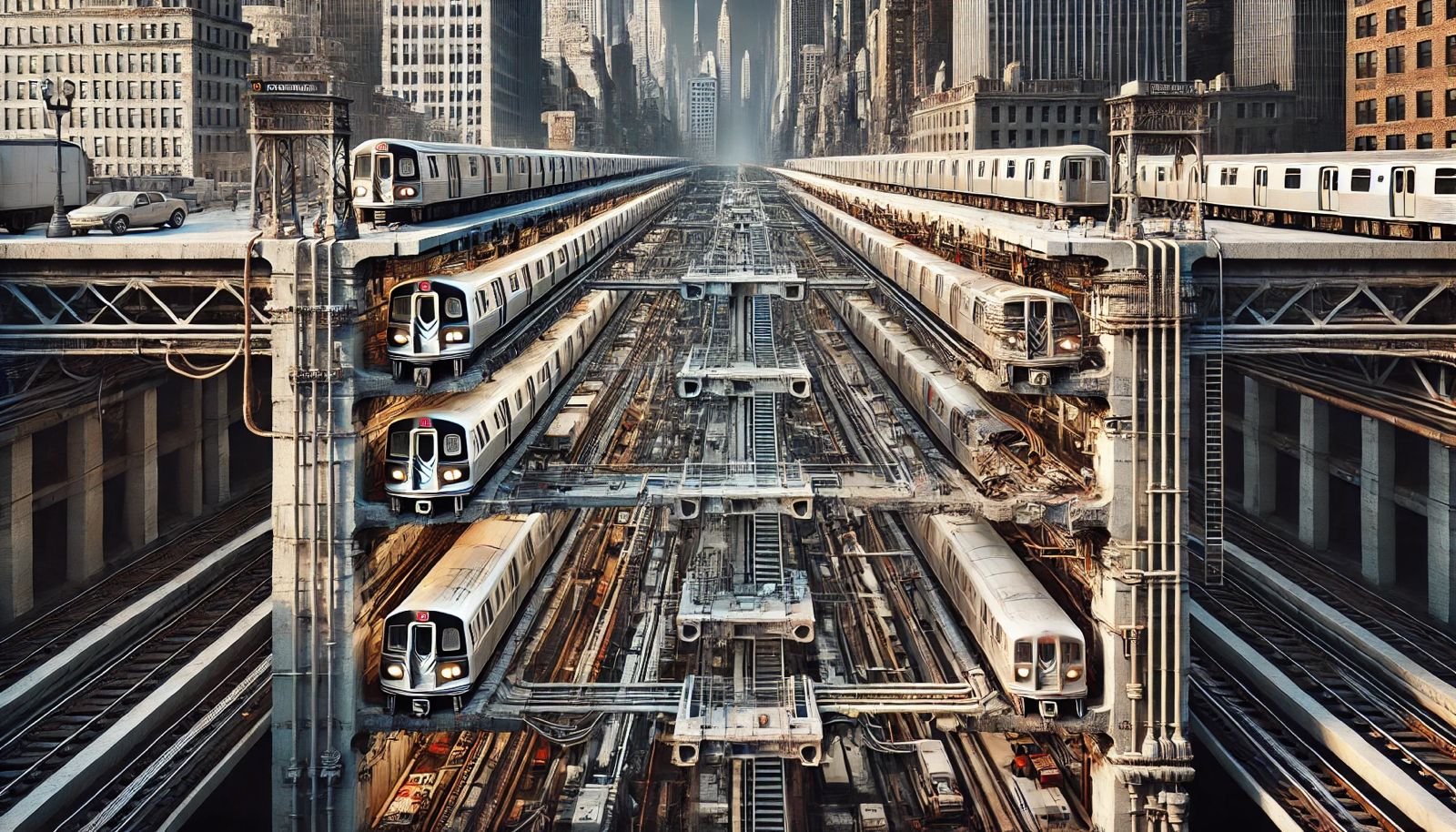
How far underground is the NYC subway?
New York City's subway system is a remarkable feat of engineering, with depths varying from 50 to over 180 feet below street level. This extensive network not only showcases the city's infrastructure complexity but also highlights the ongoing challenges of maintenance and cleanliness. Services like Sparkly Maid NYC play a vital role in ensuring these underground spaces remain welcoming for millions of daily commuters.
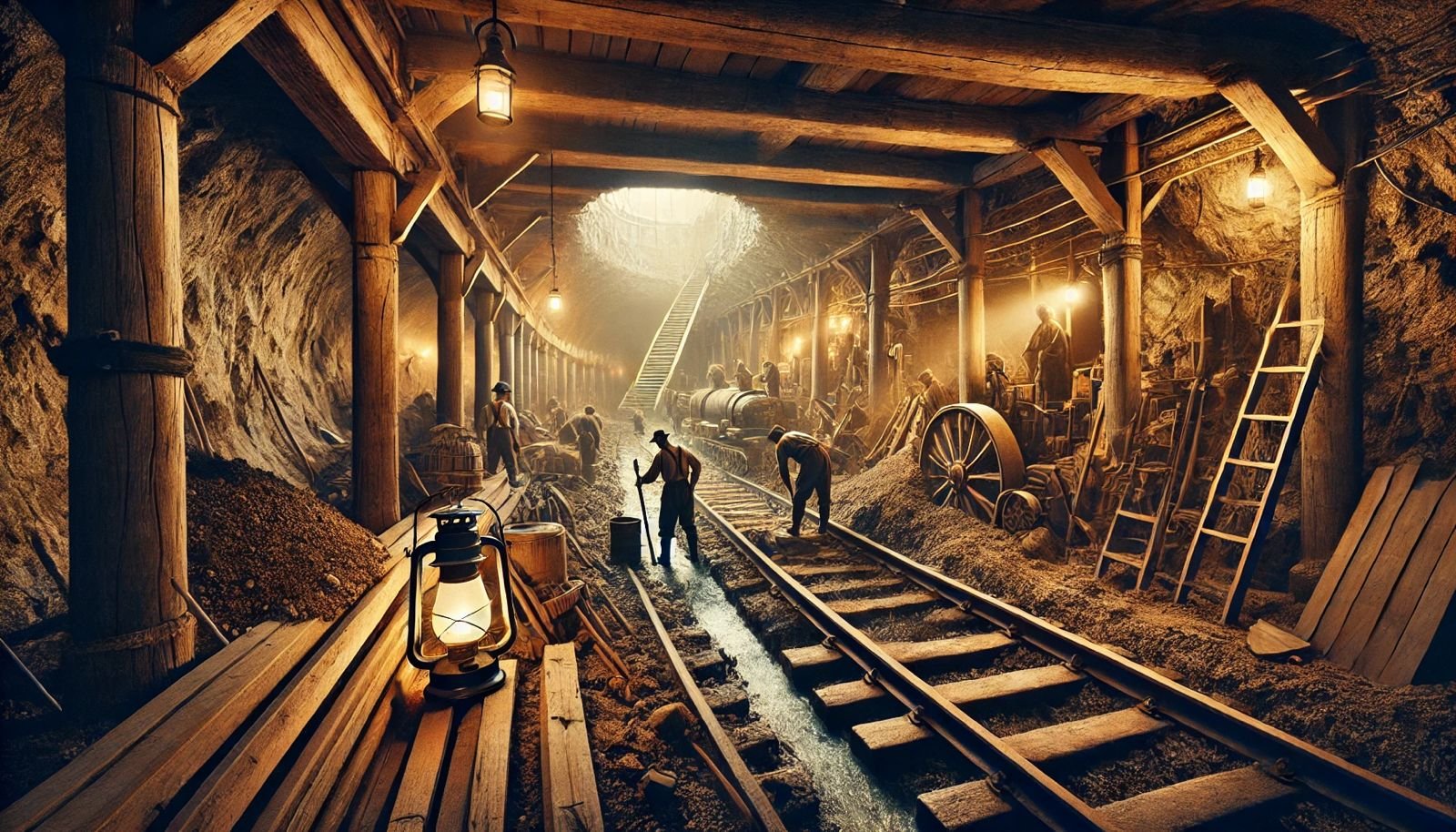
Who dug the subway tunnels in NYC?
The construction of the New York City subway is a remarkable story of engineering and labor that transformed urban transportation. Beginning in the early 1900s, this monumental project was driven by the need to alleviate traffic congestion and connect neighborhoods. With around 7,700 workers, many of whom were immigrants, the subway's tunnels were dug using innovative techniques like cut-and-cover. This blog delves into the key figures, challenges, and lasting impact of this iconic transit system.
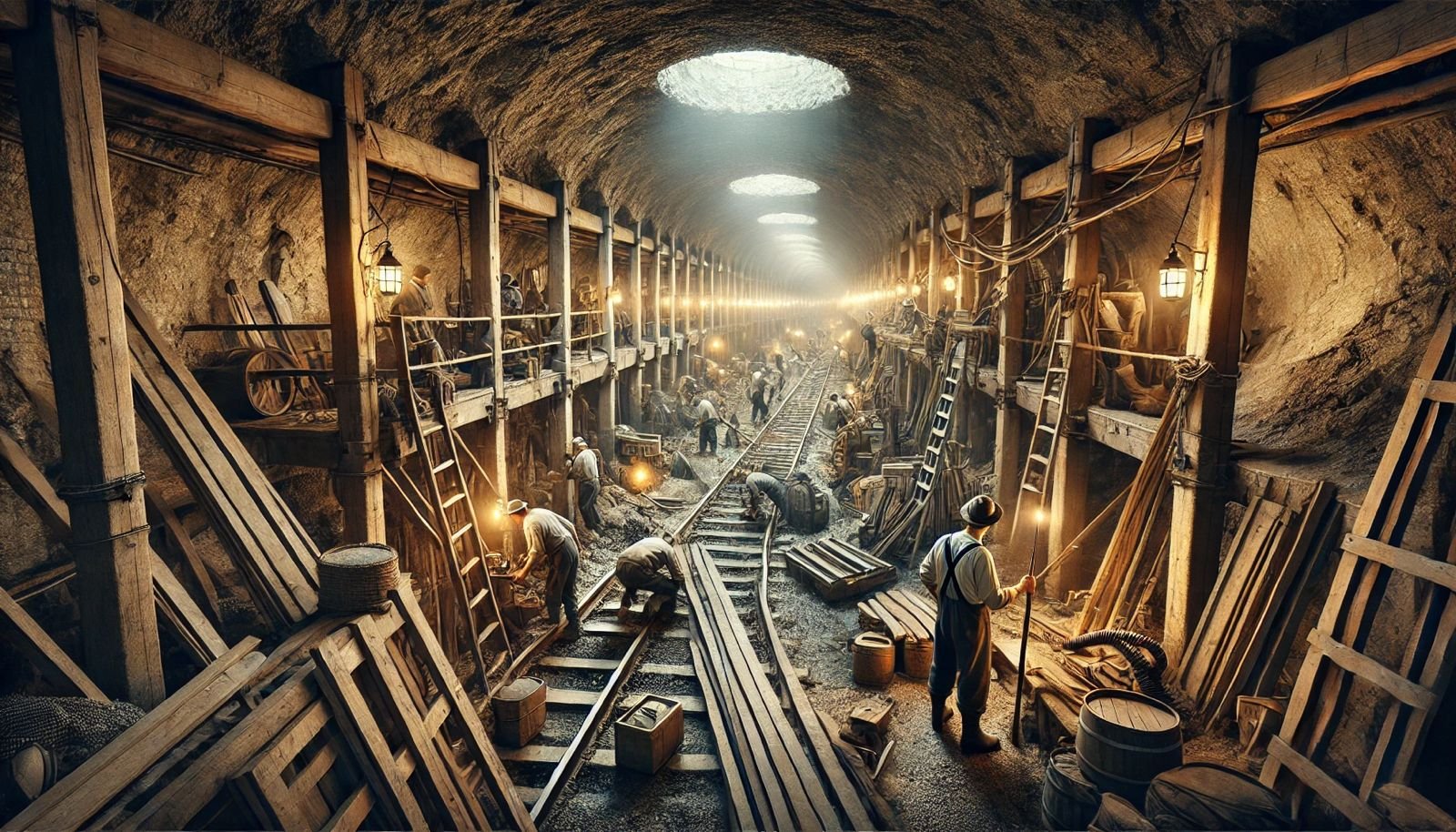
Who built the NYC subway tunnel?
The construction of the New York City subway system represents a significant milestone in urban engineering, beginning operations in 1904. Spearheaded by visionary chief engineer William B. Parsons, the project utilized innovative techniques like cut-and-cover to navigate Manhattan's complex underground. This blog explores the key figures and methods that brought this transformative transit system to life.
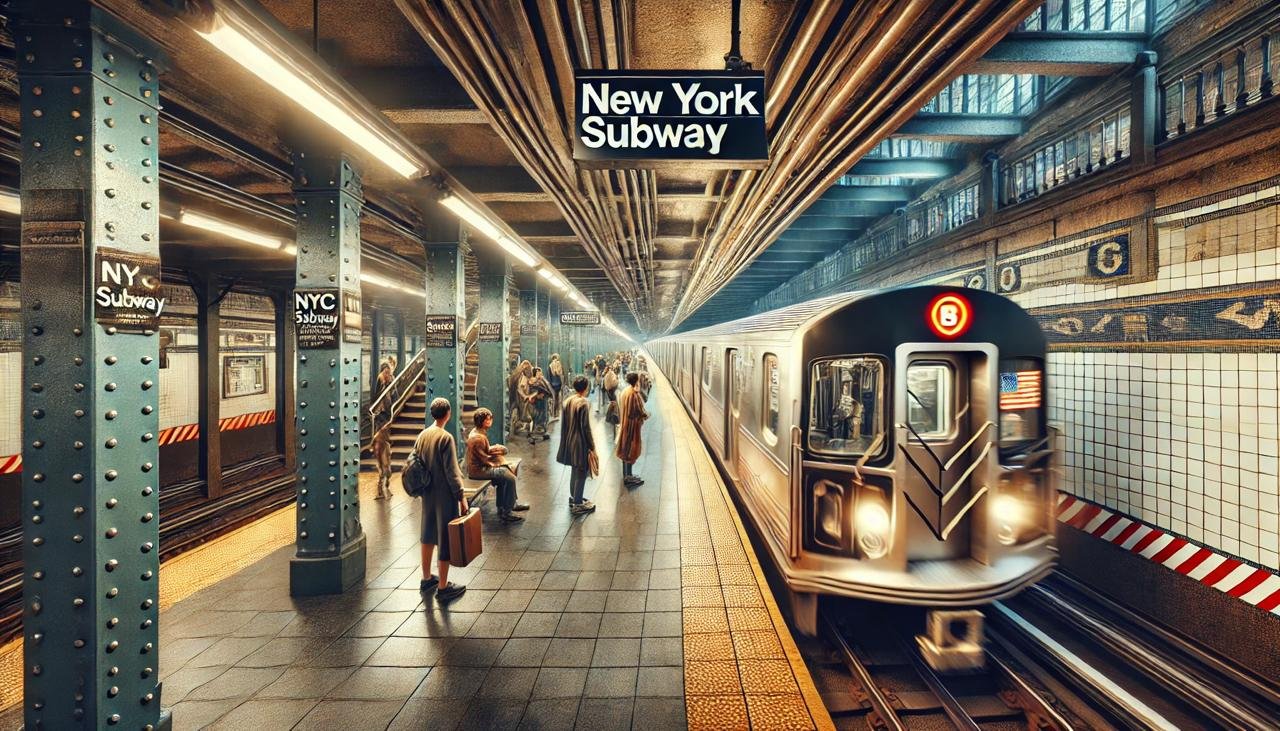
What do New Yorkers call the subway?
New York City's subway system, often referred to simply as "the train," is more than just a means of transportation; it embodies the city's vibrant culture and diverse experiences. With its intricate network of lines identified by letters and numbers, navigating the subway can be both an adventure and a challenge. From memorable encounters to unexpected performances, the subway serves as a cultural hub that connects millions of New Yorkers daily.
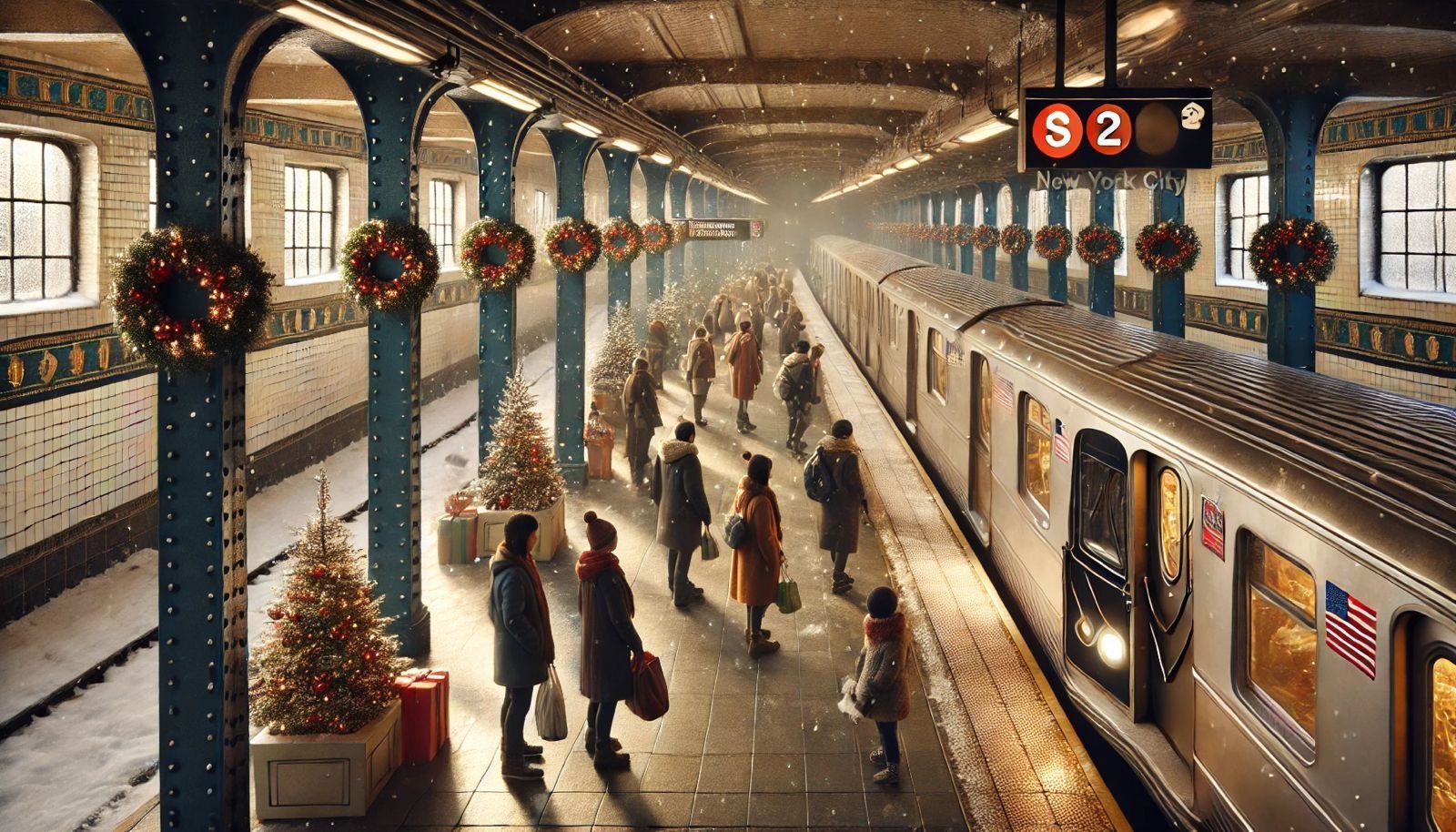
Does the subway run on Christmas Day in New York?
The New York City subway system is an essential transportation network, especially during the holiday season. On Christmas Day, it operates on a Sunday schedule, which means fewer trains and no express services. This blog provides a detailed overview of subway operations on this festive day, ensuring you have all the information needed to navigate the city effortlessly.

Why is the NYC subway so famous?
The New York City subway is more than just a transportation system; it symbolizes urban life and culture for millions. Since its opening in 1904, it has played a crucial role in shaping the city’s identity, facilitating economic growth, and providing unique cultural experiences. This blog explores the subway's historical significance, cultural impact, and the diverse experiences it offers to daily riders.

Why is the NYC subway so dirty while Seoul’s and Tokyo’s are so clean?
The cleanliness of New York City's subway system reflects broader societal values and government priorities. Despite being one of the largest underground transit networks globally, it struggles with hygiene compared to cleaner systems in Seoul and Tokyo. This blog explores the reasons behind this disparity, including funding issues, maintenance practices, cultural attitudes, and the crucial role of cleaning services like Sparkly Maid NYC in enhancing public spaces.
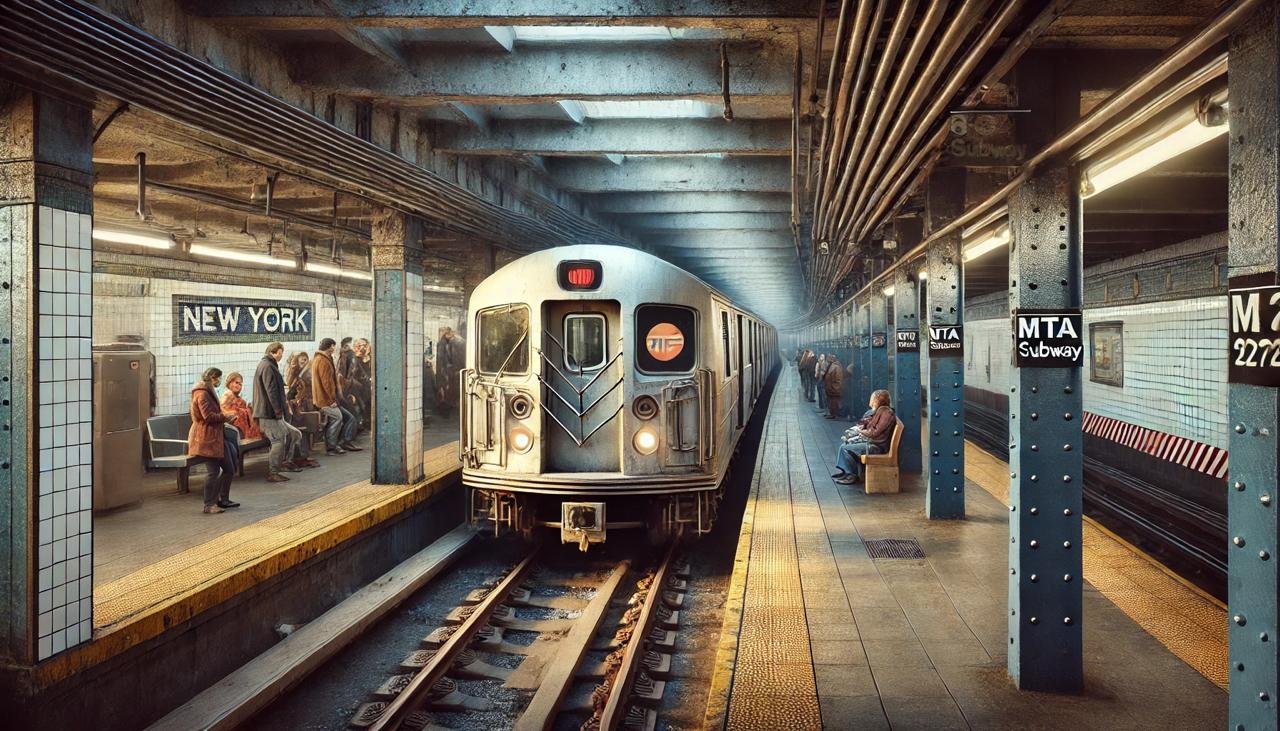
Is the NYC subway outdated?
New York City's subway system is a massive and iconic transit network that has served the city for over a century. As the city continues to grow, concerns arise about the subway's relevance and potential upgrades needed to maintain its status as an essential infrastructure. This blog explores the current challenges facing the subway, including aging infrastructure, overcrowding, and cleanliness, while also discussing innovative solutions for a sustainable future.
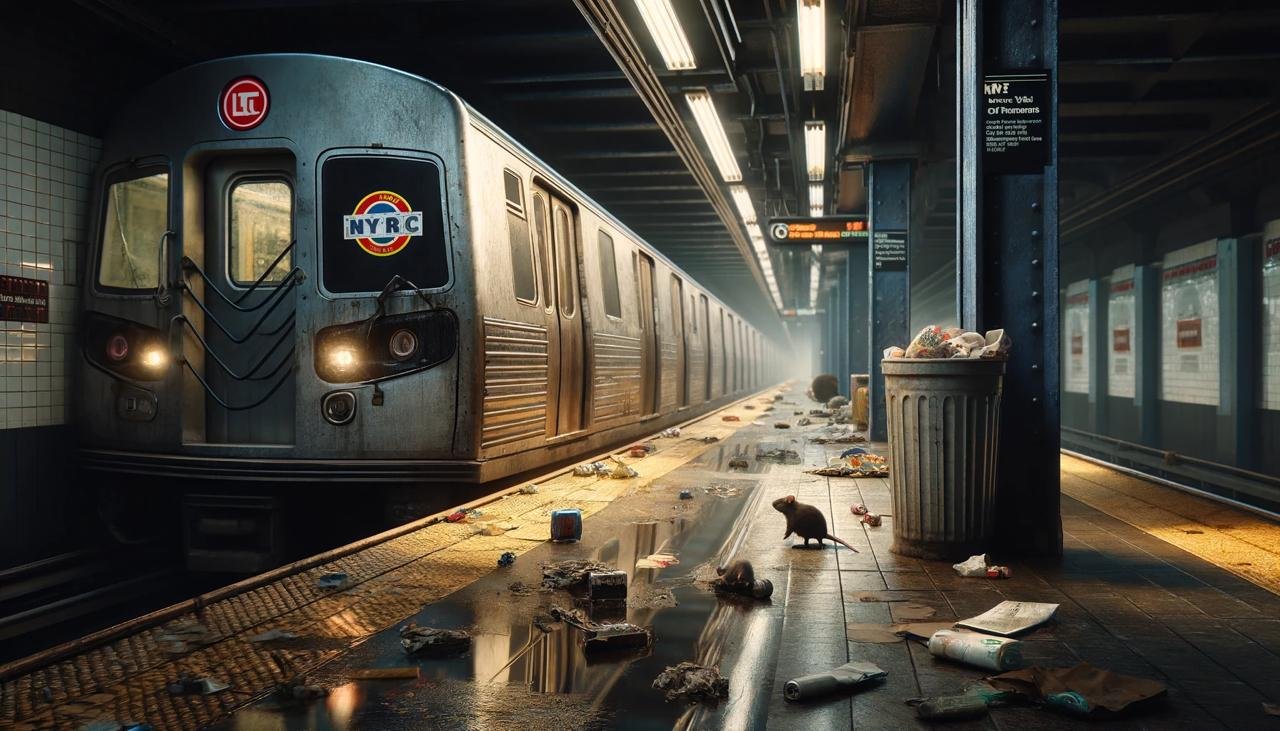
Is the NYC subway sustainable?
New York City's subway system is a cornerstone of urban public transportation, significantly reducing greenhouse gas emissions compared to car travel. However, it faces sustainability challenges, including maintenance and cleanliness. Innovative projects, such as heat recovery systems, aim to enhance energy efficiency. Partnerships with cleaning services like Sparkly Maid NYC further ensure that subway stations remain hygienic and welcoming for commuters.
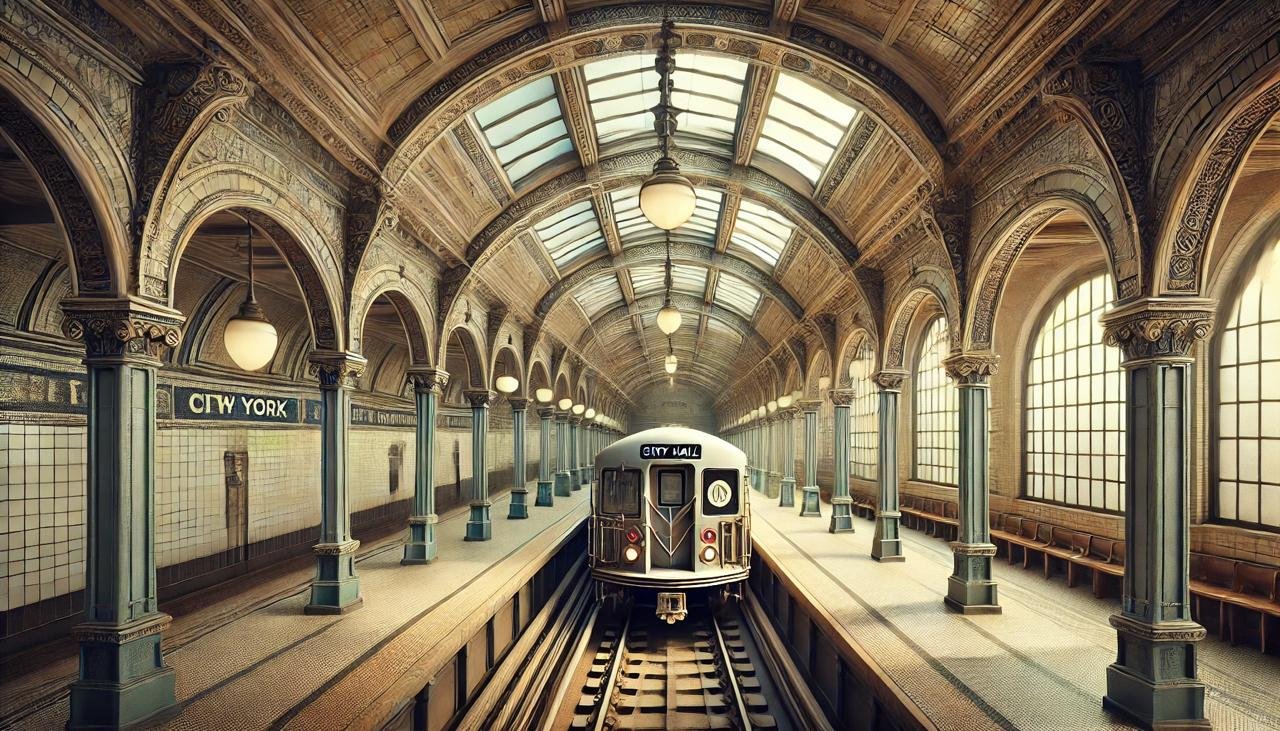
What is the oldest subway line in NYC?
The subway system in New York City, inaugurated in 1904, represents a pivotal evolution in urban transportation. The IRT Lexington Avenue Line, the oldest subway line, not only transformed commuting but also shaped the cultural landscape of the city. As we explore its historical significance and ongoing maintenance efforts, we recognize the importance of keeping this iconic transit system clean and accessible for future generations.

Why is the New York City subway so dirty?
The New York City subway system plays a crucial role in urban transportation, serving millions of commuters daily. However, it often faces criticism for its cleanliness. This blog explores the reasons behind the subway's dirtiness, including high ridership levels, insufficient maintenance practices, and environmental challenges. Understanding these factors can help set realistic expectations for riders navigating this essential transit system.
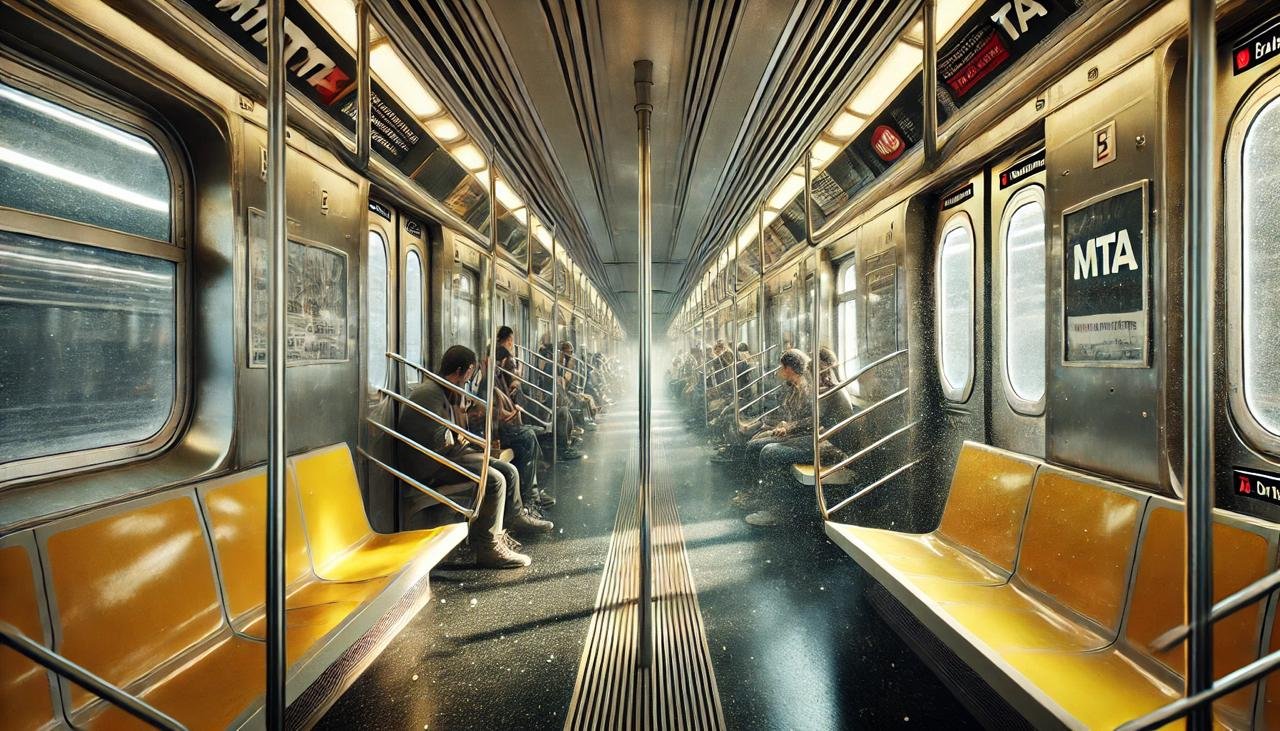
Is the air in the NYC subway dirty?
The air quality in the New York City subway system has become a pressing concern for millions of daily riders. With high levels of particulate matter and various pollution sources, understanding the implications for health and comfort is crucial. This blog explores the factors affecting air cleanliness, including pollution sources, cleaning practices, and the health risks associated with poor air quality in this vital transit system.